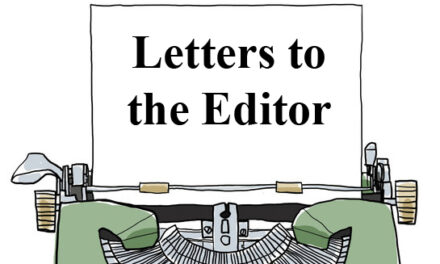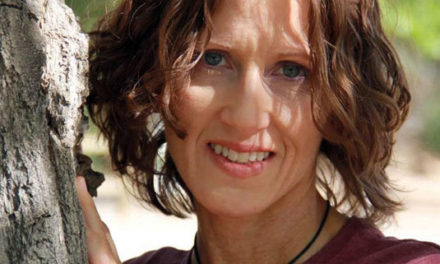Tie-breaking record
Editor:
A U.S. Senate vote over a federal judgeship — regarding the nomination of Loren AliKhan to a federal judgeship in the District of Columbia — would usually get little attention. Then there was Vice President Kamala Harris’ tie-breaking vote to move the nomination forward.
That vote — making the final count 51-50 — made history, setting a new record for most tie-breaking votes cast by a vice president. According to the Senate’s webpage on Dec. 5, a vice president has cast 300 tie-breaking votes since 1789. VP Harris has cast 32 of those, or about 10 percent. Some VPs, including VP Joe Biden under President Obama and VP Dan Quayle under President George H.W. Bush, do not get any tie-breaking votes to their name.
Then again, why should we care?
To answer that question, look at the record VP Harris broke, one that stood for more than 180 years with John C. Calhoun, a pro-slavery southern politician who was VP under John Quincy Adams and Andrew Jackson. He built his 31-vote record from 1825-1832. In 1820, the Missouri Compromise had been reached to add more states while maintaining a balance between slave states and free states. VP Calhoun’s time is one of tight Senate votes. A time when states are taking drastically different paths. A time of political division.
Sound familiar?
Now, the world of VP Harris is very different from the world of VP Calhoun. Let’s be grateful for that, and let’s be careful — lest 30 years after VP Harris’ term, we face another horrific national calamity.
Jonathan Gardner
Los Lunas
Historical climate shifts
Editor:
As we continue to advance our knowledge of the planet’s natural systems, it is hard not to notice that there is a general lack of novel planetary scenarios.
That is, to say, that what happens today almost certainly occurred in the past. The biosphere has been subjected to untold climatic horrors for 3.6 billion years. The ultimate result of these horrors is the fossil record, imperfect yet invaluable.
The fossil record speaks to the dynamic structure of the Earth’s climate. Deserts that were once expansive rain forests and ice ages that carved landscapes and sculpted continents. These historical shifts occurred long ago and yet there are still echoes left behind. They provide insight into how paradoxically resilient, yet fragile ecosystems are.
We do not need to postulate what happens to ecosystems with an ever-heating climate because we have information from previous warming events. To have access to this information, yet undervalue it, would be hubris of the highest degree.
As we navigate the complexities of climate policy and conservation efforts, I believe it best that we do not take for granted the history that lies beneath our feet. By understanding the interconnectedness of climate and biodiversity, we can better understand the value of preserving ecosystems.
Paleontology offers a lens that allows us to study our planet’s tumultuous climatic history and use that knowledge to guide decisions for the future.
Joseph Hopkins
Albuquerque
The Valencia County News-Bulletin is a locally owned and operated community newspaper, dedicated to serving Valencia County since 1910 through the highest journalistic and professional business standards. The VCNB is published weekly on Thursdays, including holidays both in print and online.

















